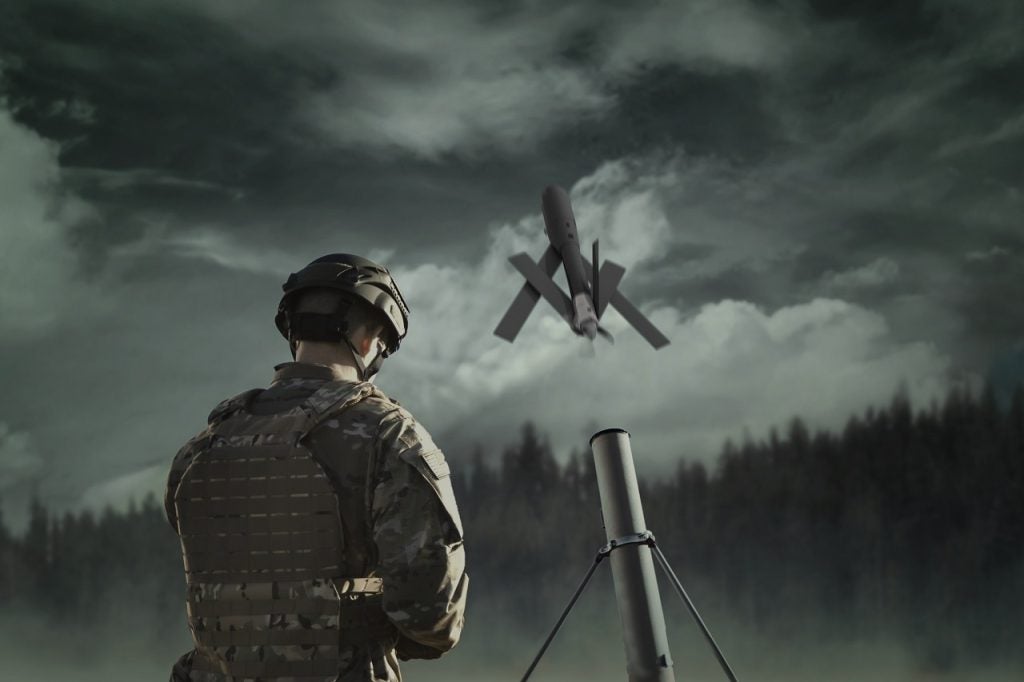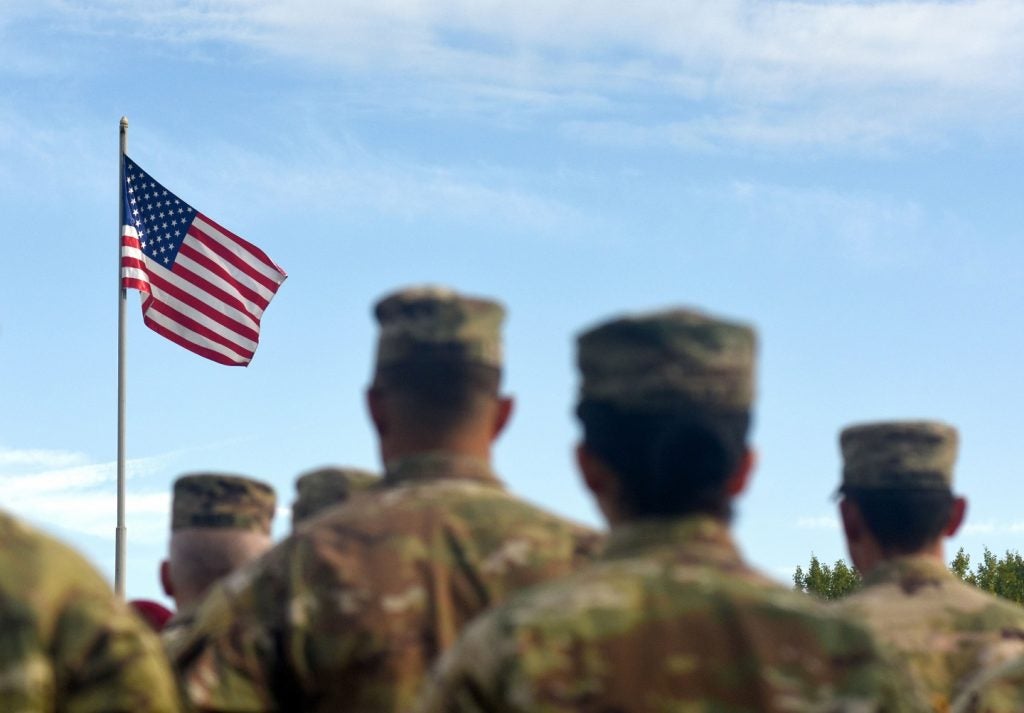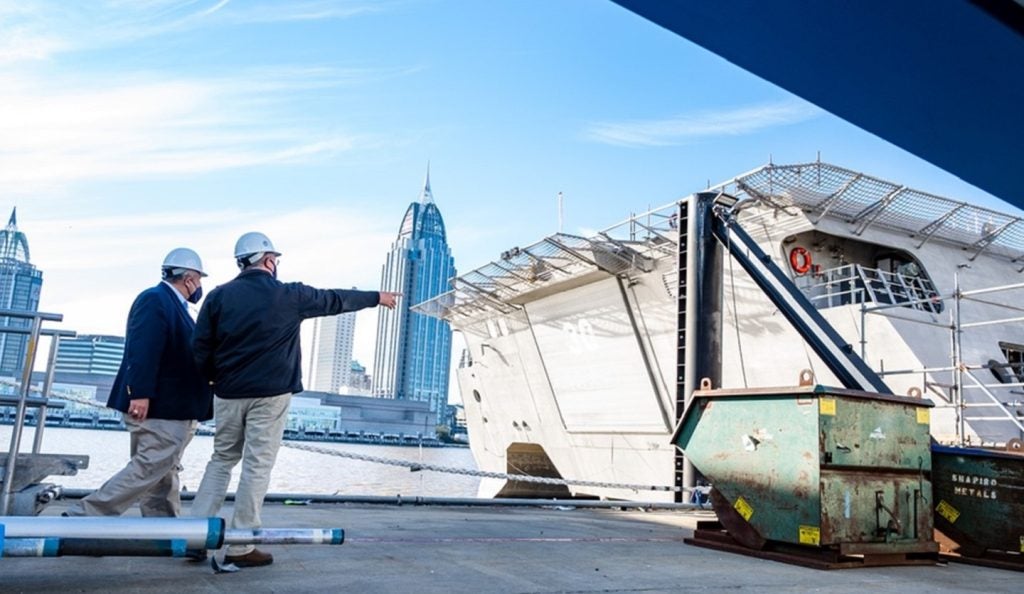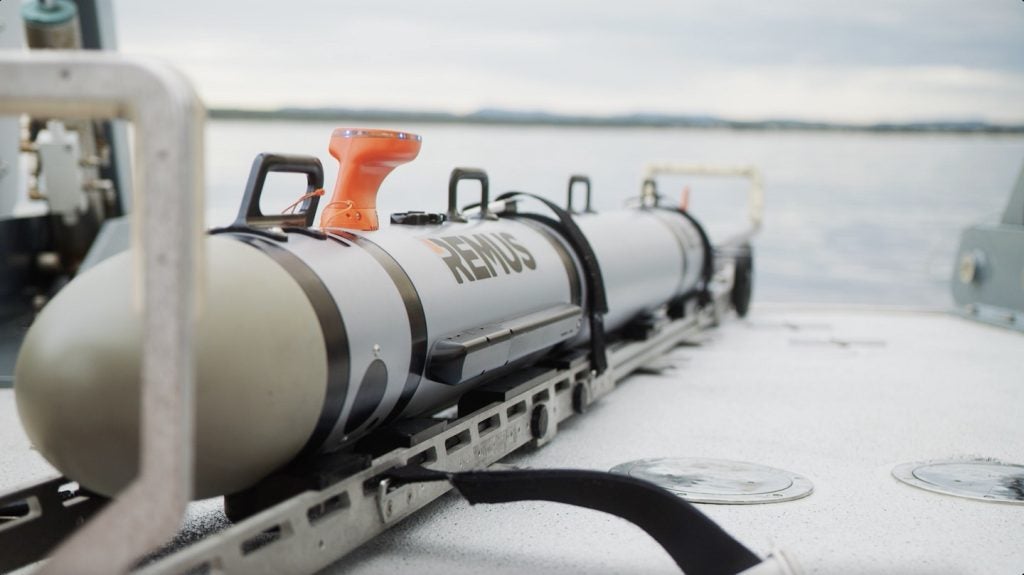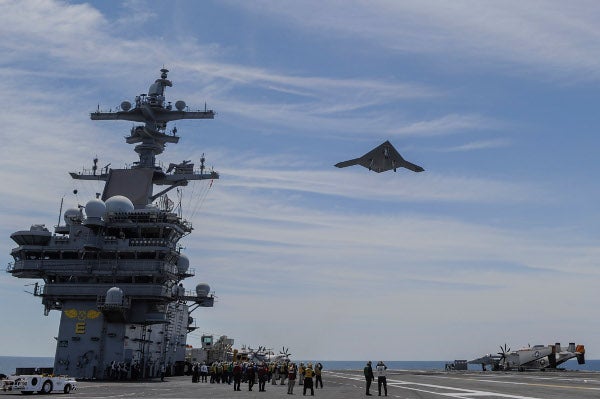
The US Navy’s Northrop Grumman-built X-47B Unmanned Combat Air System demonstrator (UCAS-D) has successfully completed the first carrier-based catapult launch from Nimitz-class super carrier USS George H W Bush (CVN 77) off the coast of Virginia, US.
Following its launch from the ship, the strike-fighter-sized aircraft flew autonomously for 65 minutes, conducted several planned low approaches to the carrier and safely landed at Naval Air Station (NAS) Patuxent River.
Navy UCAS programme lead test engineer Matt Funk said: "The flight demonstrated that the X-47B is capable of operation from a carrier, hand-off from one mission control station to another, flight through the national airspace, and recovery at another location without degradation in safety or precision."
The launch also proved the team’s ability to navigate the X-47B precisely within the controlled airspace aboard the aircraft carrier and seamlessly pass control from a ‘mission operator’ aboard the ship to the Mission Test Control Center at Patuxent River.
The deck-handling and ship-integration testing were conducted before the catapult launch to ensure safely operation of X-47B in the unfavourable environment of an aircraft carrier flight deck.
Naval Air Systems Command UCAS programme manager captain Jaime Engdahl added that the launch has also proved navy’s aim to operate unmanned systems safely and effectively from aircraft carriers.
In the next few months, the aircraft is scheduled to undergo additional shore-based testing at NAS Patuxent River with the aircraft then conducting a final carrier-based arrested landing demonstration.
Image: A X-47B UCAS demonstrator flying over the CVN 77 aircraft carrier. Photo: courtesy of US Navy, from Northrop Grumman by Alan Radecki/Released.





